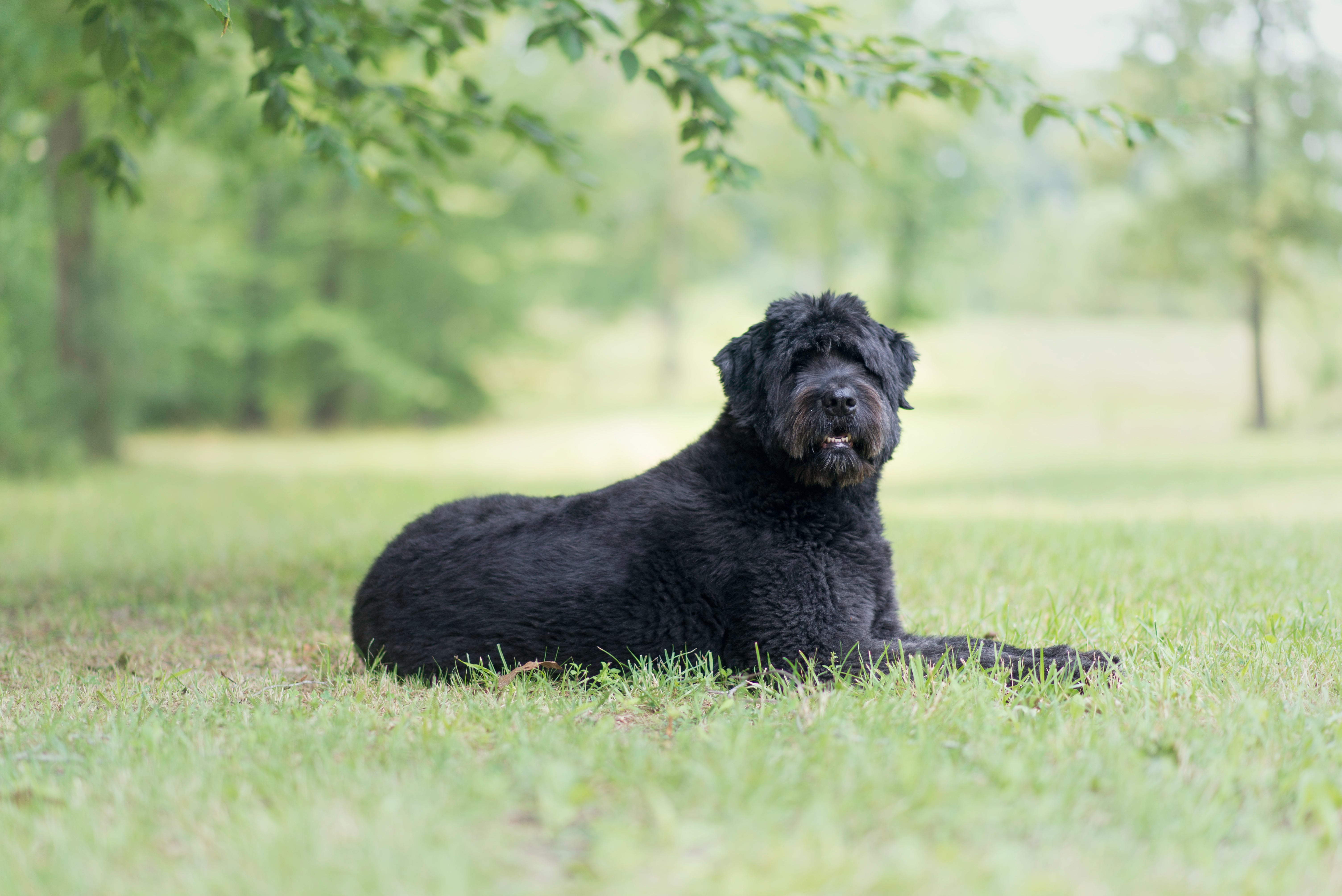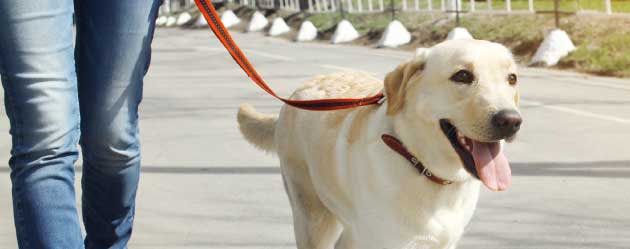Bouvier des Flandres
The Bouvier des Flandres Dog is a Belgian muscular and athletic working dog that once herded cattle. They are loyal and devoted to their owners. They have a bold and proud gait and a rugged appearance with a weatherproof coat. A distinctive beard, eyebrow, and mustache give them a dapper look.
Breed characteristics carousel
Learn More
Need to Know
- Dogs suitable for experienced owners
- Extra training required
- Generally healthy breed
- Enjoys vigorous walks
- Large dog
- Some drool
- Requires grooming every other day
- Chatty and vocal dog
- Barks, alerts, and may be physically protective/suspicious of visitors
- Might not like other dogs
- May need additional training to live with other pets
- May need additional supervision to live with children
- Needs a large yard, best for suburban or rural areas
- Can be left alone occasionally with training
- AKC Registered Breed

Personality
The Bouvier des Flandres dog breed is well-mannered and calm indoors. They are fearless, love adventures outdoors, and are devoted and loyal members of their families. They are confident yet eager to please their owners. Bred to protect, they can be reserved around strangers, both human and canine. While they are good with older children, they might nip the heels of younger kids as they try to herd them.
The Bouvier des Flandres originated in Belgium where they assisted farmers and cattle drivers by herding and protecting. “Bouvier” means “cowherd” in French, although the dogs were also called “Vuilbaard,” or “dirty beard” for their appearances. Their history is not well documented, but they could be related to Mastiffs, Sheepdogs, and even Spaniels. Most of the dog breed was lost in World War I, although some of them became service dogs, helping with ambulances and messengers. One dog, Champion Nic de Sottegem, is found in almost every modern Bouvier. They first came to America in the 1930s.
Landowners who have experience with large herding dogs are ideal fits for Bouvier dogs. While they are fine with children, older children or child-free homes where owners can devote a lot of time to these dogs are best. A fenced-in yard is a must, as is someone who can devote lots of time to training and grooming.
A full-grown Bouvier dog enjoys exercise, free running, training, problem-solving, and games. They are working dogs and will need sufficient mental and physical stimulation to feel satisfied. Bouvier des Flandres puppies should have exercise monitored to help with joint development.
Bouvier des Flandres are large dogs that were bred to herd and protect, so they do best with a larger home in a suburban or rural area with a fenced-in yard. City life could be overstimulating for them, plus they need space. While they don’t shed, they do need frequent grooming to prevent matting.
Bouviers are large dogs that require frequent grooming of their intense and coarse outer coats. Their beards and mustaches should be trimmed regularly. Their undercoat is close and dense and should be kept mat-free to keep the dog comfortable. You might need to strip the outer coat twice a year.
The Bouvier des Flandres dog breed is highly trainable if they are bonded well with their owners. They enjoy working, training, and being active. They can have separation anxiety. Bouvier dogs should be socialized early and often with animals and children and should be taught a solid recall to prevent them from herding their families, particularly small children.
If your family has experience with large dogs that require a lot of upkeep, Bouvier dogs can be ideal. Grooming requirements can be high. They might be tempted to round up smaller children, nipping at their heels, so families with older or no children make a better fit.
The cost of a Bouvier des Flandres from a breeder is significantly more than the cost of adopting one from a local shelter or rescue. The adoption fee usually covers additional items such as spaying or neutering, vaccines, and microchipping.

Learn more about feeding and caring for your Bouvier des Flandres on Purina.
Did You Know?
- A Bouvier was a guard dog for the Princess of Wales in the 1970s.
- They are also called the “Vuilbaard,” which means “dirty beard.”

